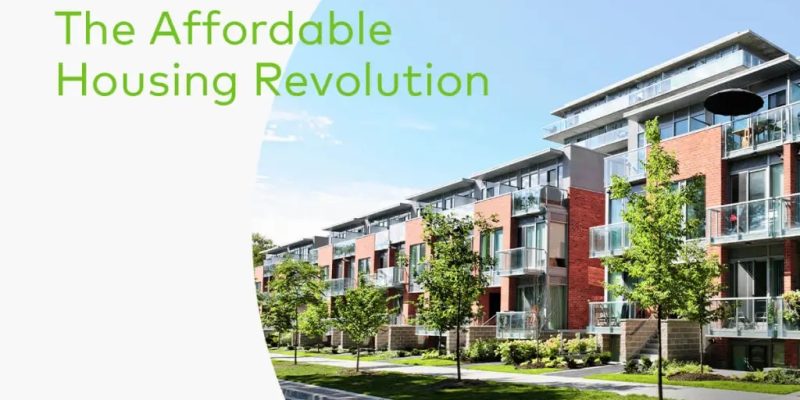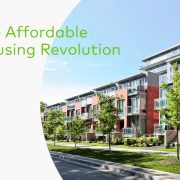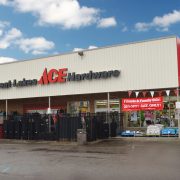In today’s rapidly evolving housing landscape, the demand for efficient, streamlined, and scalable solutions has never been greater. Affordable housing software has emerged as a critical tool in supporting community developments across the country. Designed to address the unique operational needs of affordable housing projects, this technology plays a vital role in enhancing service delivery, optimizing resource use, and improving resident satisfaction.
One of the most significant advantages of affordable housing software is its ability to simplify complex property management tasks. Managing multiple units, tracking rental payments, handling maintenance requests, and ensuring compliance with housing regulations are all essential aspects of affordable housing operations. A robust software system brings all these functions into one platform, reducing the need for scattered paperwork, manual spreadsheets, or siloed systems. This level of organization allows housing providers to focus more on community engagement and less on administrative tasks.
Compliance management is another critical area where such software makes a strong impact. Affordable housing developments often operate under strict guidelines set by housing authorities and funding bodies. Software solutions are equipped to manage eligibility tracking, income certifications, and reporting requirements with accuracy and consistency. This minimizes the risk of errors and ensures that developments remain in good standing with regulatory bodies, preserving funding and support for the long term.
Communication is also transformed through the use of affordable housing software. With integrated messaging and resident portals, it becomes easier for property managers to keep residents informed about policy changes, rent updates, maintenance schedules, and community events. This improved communication fosters a stronger sense of connection between management and residents, which in turn leads to more harmonious living environments.
Additionally, the automation capabilities built into most affordable housing software systems can dramatically reduce operational costs. From processing rent payments to generating monthly reports, automation helps staff complete tasks more efficiently. This can lead to significant time savings, reduced human error, and ultimately, cost savings that can be reinvested into community improvements or expanded housing services.
A particularly valuable feature of many systems is the ability to generate real-time data insights. Community developments can use these insights to identify trends, measure performance, and make informed decisions. Whether it’s tracking vacancy rates, evaluating rent collection efficiency, or assessing maintenance turnaround times, having access to this data supports smarter, evidence-based management.
Finally, the scalability of affordable housing software makes it ideal for growing developments. As communities expand or take on new projects, the software can be adapted to meet increasing demands without major overhauls. This adaptability ensures that housing providers can continue delivering high-quality service no matter how large or complex their operations become.
In conclusion, affordable housing software offers a practical, efficient, and future-ready solution for managing community developments. By centralizing operations, supporting compliance, enhancing communication, and offering actionable insights, it empowers housing professionals to focus on what truly matters: building safe, stable, and thriving communities for all residents.







Comments